Tufted Titmouse
A species of Titmice, Also known as Peter Bird Scientific name : Baeolophus bicolor Genus : Titmice
Tufted Titmouse, A species of Titmice
Also known as:
Peter Bird
Botanical name: Baeolophus bicolor
Genus: Titmice
Content
Description People often ask General Info
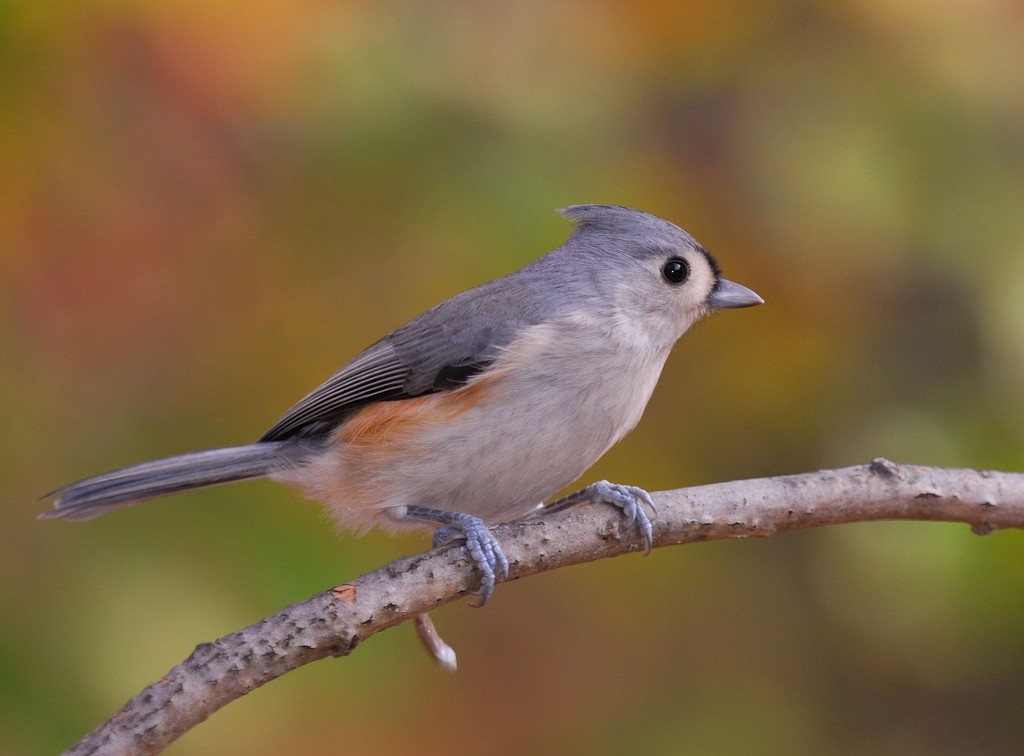 Photo By garyirwin on Flickr , used under CC-BY-SA-2.0 /Cropped and compressed from original
Photo By garyirwin on Flickr , used under CC-BY-SA-2.0 /Cropped and compressed from original Description
The tufted Titmouse is the largest of all titmouse species. Quite plain in appearance, but known for its echoing song, this woodland bird is a frequent visitor to urban areas, particularly during winter. It's a highly territorial bird that mostly feeds on insects, but won't shy away from seeds when need be. As a non-migratory species, it prepares food supplies for the winter by hiding seeds from birdfeeders for later use.
Size
17 cm
Life Expectancy
13 years
Nest Placement
Cavity
Clutch Size
3 - 9 eggs
Incubation Period
1 brood
Number of Broods
12 - 14 days
Nestling Period
15 - 16 days
Feeding Habits
In the summer, tufted Titmouse primarily consume insects such as caterpillars, beetles, ants, wasps, stink bugs, and treehoppers, as well as spiders and snails. They also feed on seeds, nuts, and berries, preferring larger seeds like acorns and beech nuts when available.
Habitat
Tufted Titmouse are predominantly found in mature deciduous forests and mixed evergreen-deciduous woodlands, favoring areas with a rich variety of tree species and a dense canopy cover. These birds also adapt well to human-altered landscapes, including orchards, parks, and suburban gardens with ample shade trees. Ideally, they inhabit lower elevations and are uncommon above 2,000 feet. Their preferred habitats feature a temperate climate where they can forage, nest, and roost among the groves they call home.
Nest Behavior
The nest's construction by tufted Titmouse spans 6 to 11 days. These birds have adapted to acquire nesting materials by directly plucking hair from mammals when available. The timing of their egg-laying and the parental care specifics.
Nest Characteristics
Tufted Titmouse nests within cavities, often occupying natural holes or used woodpecker nest sites. Suitable artificial alternatives include nest boxes or metal pipes. Their nests are cup-shaped, built with damp leaves, moss, grasses, and bark, then lined with softer materials like mammal hair or wool.
Dite type
Insectivorous
People often ask
General Info
Feeding Habits
Bird food type

Black Oil Sunflower Seeds

Hulled Sunflower Seeds

Safflower
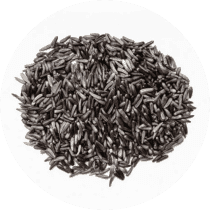
Nyjer
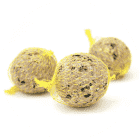
Suet
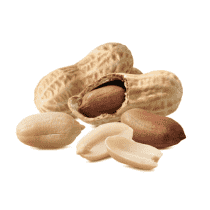
Peanuts
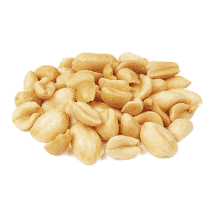
Peanut Hearts

Mealworms
Bird Feeder Type
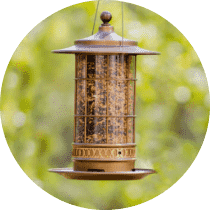
Large Tube Feeder

Small Tube Feeder
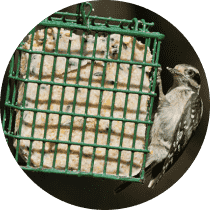
Suet Cage

Large Hopper

Small Hopper

Platform
Sounds
Call
Recording location: United States
Call
Recording location: United States
Behavior
Tufted Titmouse gracefully navigate the forest canopy, engaged in their daily quest for sustenance, often accompanied by other woodland species. They exhibit a penchant for large seeds, skillfully holding them with their feet to break them open with persistent pecks. Their foraging is characterized by an acrobatic display as they explore various plant elements, even descending to the forest floor when the occasion demands. Not just visually active, tufted Titmouse are also audibly communicative, eagerly participating in the natural alarm system of the forest by investigating disturbances or banding together against common threats.
Species Status
Not globally threatened.